Photography On Safari – Beyond The Camera
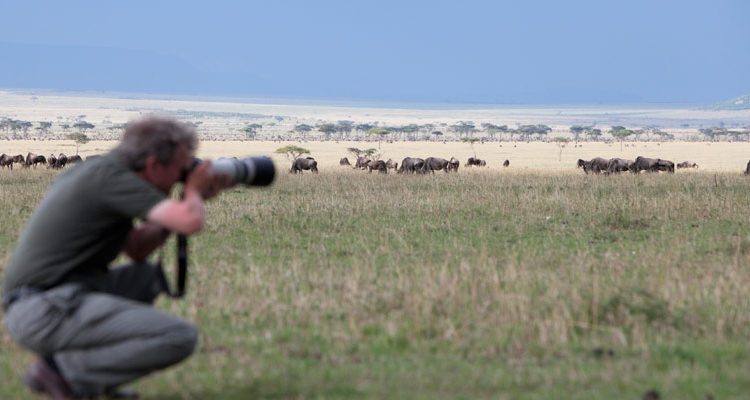
Our blog ‘6 camera choices for an African holiday’ gives a great round up on the types of camera you might consider on a safari holiday. This one tackles storage on-the-move and how to keep the equipment in best order while you are travelling. We asked photographic safari specialist David Murray for his advice on the best ways to keep your images safe, and ready to edit and enjoy when you arrive home.
File types – JPEG and RAW
JPEG and RAW are the file options offered by most higher end cameras. A frequent question is whether you need to take RAW images, and how these differ to JPEGs. RAW is the most comprehensive file version available and remains unaltered by your camera. By contrast, the camera will provide some minor processing to a high resolution JPEG which cannot be edited or reversed.
You will get the best quality by choosing a RAW file or a high resolution JPEG. You might choose a low resolution JPEG if you need to save on storage space, although this can be avoided by having plenty of memory cards and backup. The choice then comes down to whether you are going to do any editing, enlarging or printing, in which case having a RAW file provides the best editing options available.
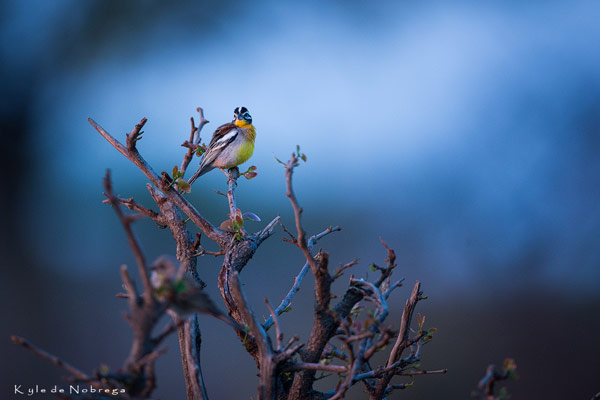
Using RAW files will allow editing once you are home. Credit Kyle de Nobrega, Mashatu Main Camp
Storage and Back up Options
It is very important to have a storage plan for your images in case of damage or equipment failure. Cameras require either SD or CF cards, which range in capacity such that larger ones might be enough to hold images for your entire trip, although this isn’t recommended in case the card fails (rare, but not worth the risk).
It is worth doing some research on the maximum storage capacity of your camera and then purchasing multiple cards. You want to avoid having to change cards whilst out and about and also ensure you are never feeling tight for space.
Backing up your cards can be done on tablets, laptops or external hard drives. A minimum of one backup is recommended in case of failure.
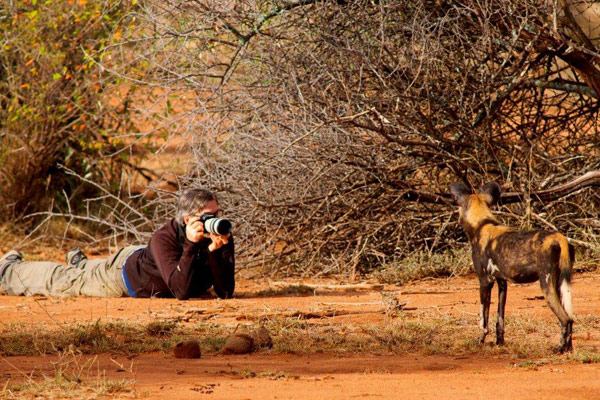
Storage is key as you will take hundreds of photos. Wild dog, Laikipia Wilderness Camp, Laikipia, Kenya
Cleaning
Dust can become a challenge, especially during the hotter dryer months, so a cleaning regime is important.
There are many cleaning cloths and camera wipes available, and although these are useful, take care to clear any initial dust or dirt from your equipment before using them. Brushes, and even better a blower, are excellent tools which prevent your wipes from clumping the dust together and causing more mess, especially on your lenses.
Whilst in transit on safari it is advisable to have your camera and lens covered or placed back in your bag. If you wish to be ready at all times, a light sheet, blanket or shirt placed over your gear can protect it from the atmosphere while allowing easy access for any opportunities that come your way.
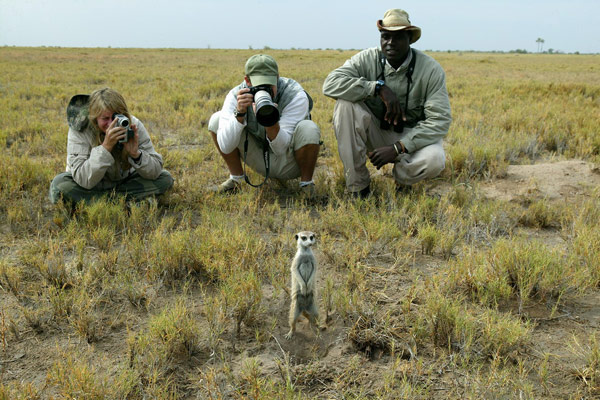
Proper cleaning will be required in dusty conditions. Jack’s Camp Activities – Meerkat Photography
Support
Having solid support for your camera becomes particularly important when using telephoto lenses. Movement can be exaggerated when the subject is further away, which can lead to blurred images. Excellent solutions are to either use a bean bag or fix a mono-pod to your camera or lens. Many safari companies supply bean bags so it is worth researching this in advance to save taking your own. If bean bags are not available the mono pod can provide a lightweight and mobile alternative.
Image stabilisation functions are available in a number of telephoto or zoom lenses. These can be highly effective and worth paying the premium.
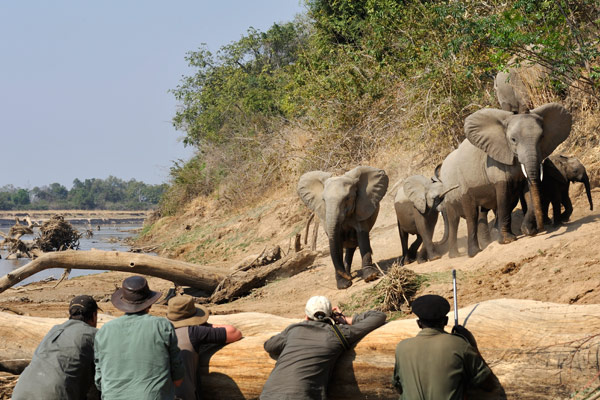
Something to rest the camera on will help achieve sharp images. Elephant Hide, Kaingo Camp
Charging Batteries
This is a very important aspect of your photography, with at least two or three batteries recommended for any trip. Most safari camps will provide charging points so the challenges tend to come from transfer or travelling days. It is always a good idea to make sure you have a spare battery at the ready in case of an unexpected situation.
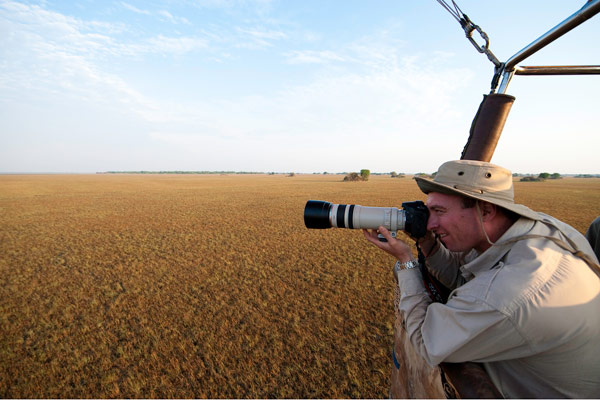
Spare batteries are essential – you’ll want to be ready for any eventuality. Wilderness Safaris, Busanga Bush Camp
Flash
The need for flash on a safari ventures into more specialised photography or something that is good to have for an evening around the camp fire. The majority of compact to mid-level professional cameras have built in flashes which are ample for most needs. A standalone flashgun enters into specialist territory and is not required for the majority of trips.
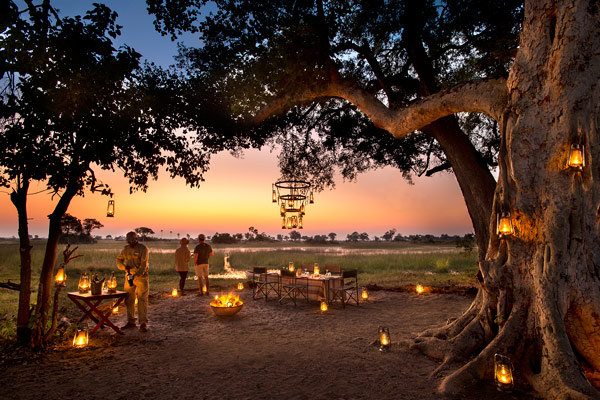
Flash is generally not required although you may want to try your hand at some camp fire shots. And Beyond Botswana Expeditions
Any questions?
If you’ve got this far and not found an answer to a question you have that we should have included, please ask in the comments section below, or pop us an email. We’ll be sure to reply and may amend the article to include our answer.
What next?
We would be delighted to help you plan a holiday, or answer any questions if you’re at an earlier stage. Our team of experts have travelled widely throughout Africa. They can offer expert advice on every type of safari from family and beach holidays to riding and primate safaris. If you would like to talk to someone who has been there and done it, please just send us an email or give us a call.
I would really be interested in knowing what people recommend for printing and displaying photos, e.g. canvas vs paper vs metal etc, as well as the choices for colour vs black and white vs sepia or other special photoshop options. I’m not at all a photography expert but would like to hang a few on my wall. thanks!
I hope some readers of this article will add their suggestions for you Charlotte